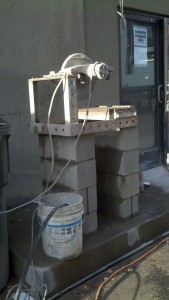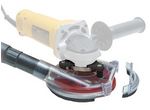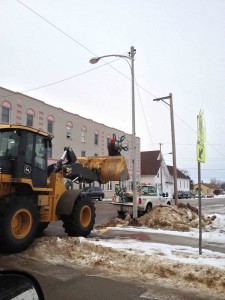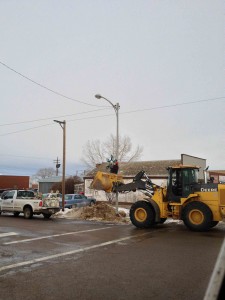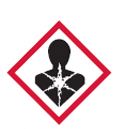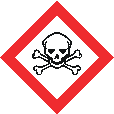Fri 14 Dec 2012
Multi gas meters (4-gas)
Posted by admin under Air Monitoring, Chemical Exposure, Engineering Controls, Hazard Communication, industrial hygienist, Management, Multi gas meter, odor thresholds, Risk, Safety Policies, Safety Programs, Training
Comments Off on Multi gas meters (4-gas)
Many construction companies have a multi gas meter (s). Here is my word of caution: if you have one, know how to use it.
I bet if you’re reading this post, you do know how. However, do your employees?
This type of training is SO critical. Below are some common mistakes I’ve seen from construction companies using these types of equipment:
- Let someone else (a GC, or subcontractor) tell you if it’s ok to enter a confined space (or hazardous one).
- = do you own monitoring, & use your own equipment!
- Use someone else’s multi gas meter.
- =do NOT use someone’s meter unless you 1. know the machine and 2. are able to calibrate and see the documentation. Would you send your employees to work in an area you think there might be a deadly hazard? Treat the 4-gas meter like it is your only available tool.
- Not performing a precalibration and bump test before using the gas meter.
- = ALWAYS perform a bump test (not just zero-out)
- Not knowing which sensors are inside the machine (and what they mean).
- =train your employees on when/why it alarms. CO is not CO2.
- Blame the machine if it alarms
- =the machine is alarming for a reason. You either screwed it up, or something is going on. Figure it out. I had a project where the handheld radios were interfering with the multi gas meter. It took us 2 days to figure this out. Luckily no one was so desperate to work they ignored the alarm. On another project, employees were telling me it was ok to work while the alarm was sounding off. Their response was that, “it always goes off for CO, but we aren’t worried”. Yikes! I was.
- Not knowing what the hazards are
- =you must know what you are measuring for. If you have isocyanates inside the confined space, the multi gas meter is probably not going to give you adequate warning.- if any. Just like wearing the right type of filter cartridge on your respirator, know the hazard you are measuring.
